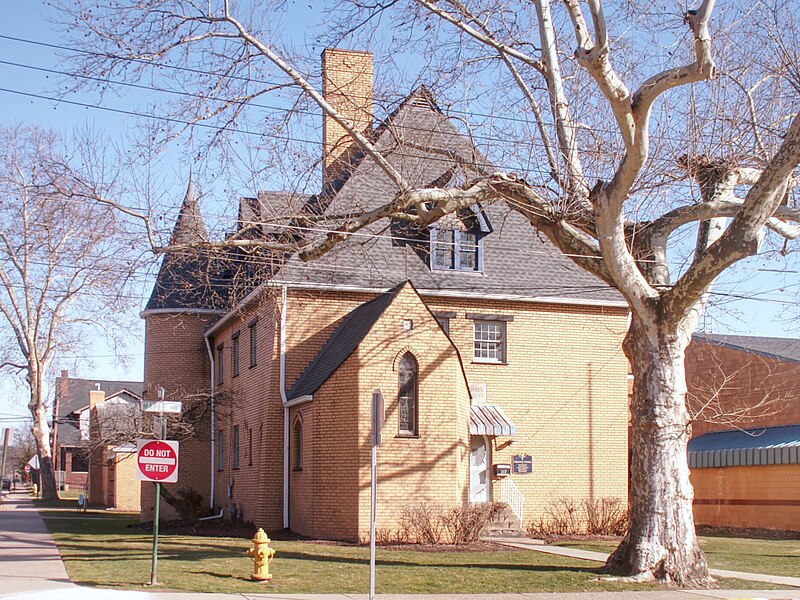
With Calvary Methodist Church, Allegheny West, in the foreground.

With Calvary Methodist Church, Allegheny West, in the foreground.

This building, in a Deco Gothic style, appears to have been part of the Western Theological Seminary, and perhaps an expert in Allegheny West history can shed some light on it. Old Pa Pitt published a picture of it once before, but recently he noticed the concrete flaking away from the obliterated date stones by the door.


This is the stone to the right of the door. The date was purposely obliterated (why do people do that?), but it is clearly legible now through the later layer of concrete: 1933, which, judging by the architectural style, would be just right for the date of the building itself.
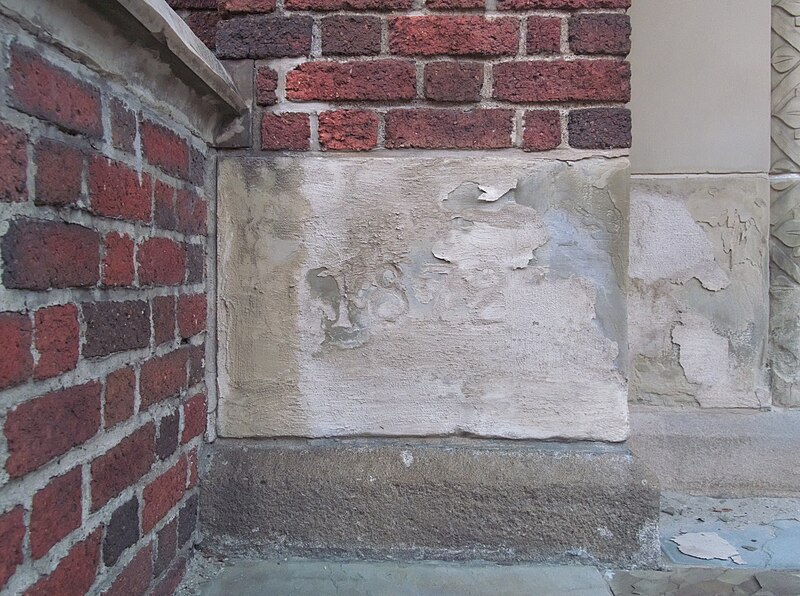
The stone to the left of the door bore the date 1872, and Father Pitt must admit to being ignorant of its significance. It is not one of the various dates usually claimed as the foundation of the Western Theological Seminary, which in 1884 claimed to have been founded in 1825. Perhaps a historian from its successor, the Pittsburgh Theological Seminary, can enlighten us.

This floral ornamentation is carved in the stone that frames the main entrance.
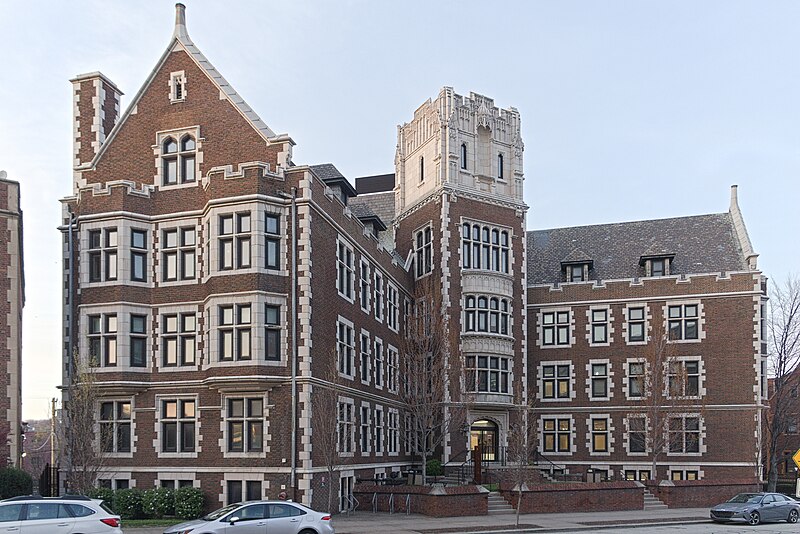
We saw the Western Theological Seminary at the blue hour last month. Here are a few pictures taken just after sunset, when the light is brighter and just touched with gold.

The building was designed by Thomas Hannah in 1914. It is now West Hall of the Community College of Allegheny County, which has an admirable record of preserving historic buildings.

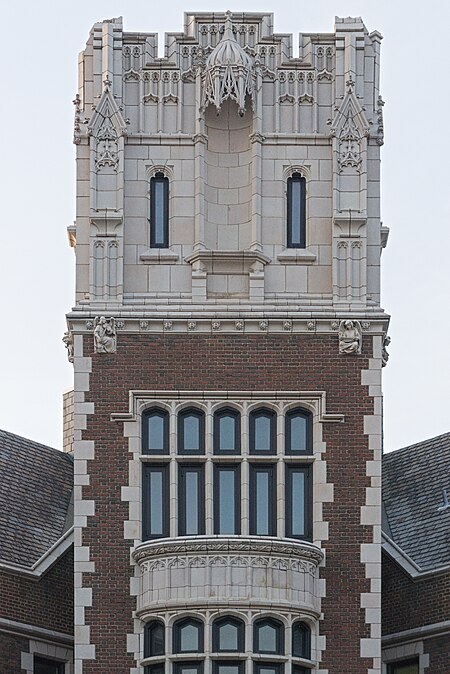
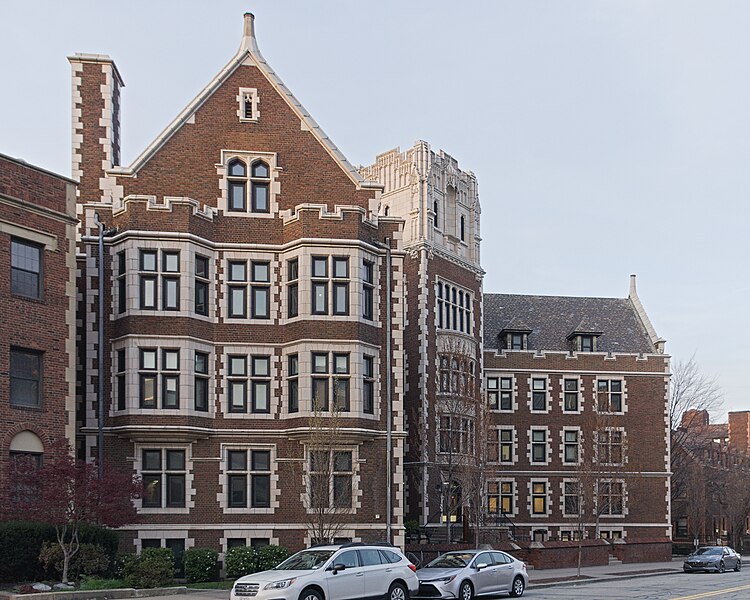

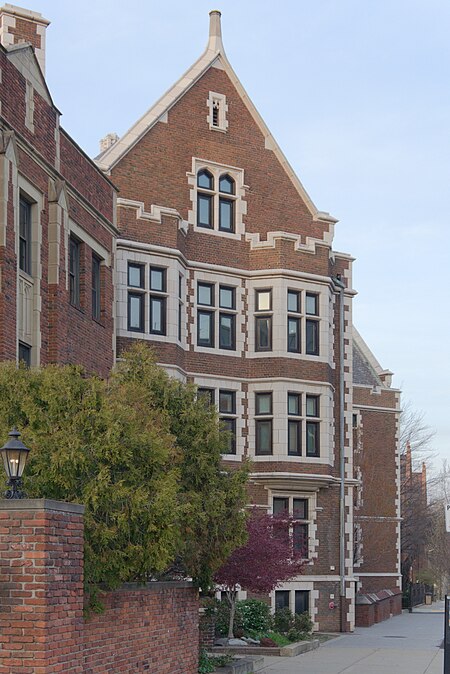

Elise Mercur was an extraordinary woman. The first female professional architect in Pittsburgh, and one of the first anywhere, she had a prosperous career for about a decade between 1894 and 1905. Then she retired, and most of her buildings have been crushed by the steamroller of time—or by university presidents who need them out of the way to make room for some donor’s vanity project.

This church remains, however. It was built for the St. Paul’s Episcopal congregation; later it passed to the Church of the Holy Cross, a Black Episcopal congregation that eventually moved to Homewood. Right now it belongs to the Christian Tabernacle Kodesh Church of Immanuel.

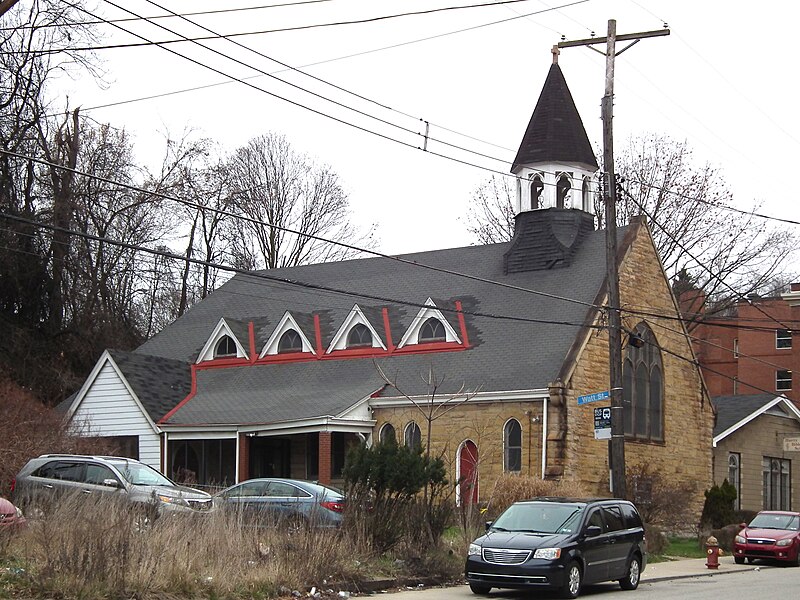
Those little triangular dormers are imitated from Richardson, who used them in his famous Emmanuel Episcopal Church in Allegheny West.
The Wikipedia article on Elise Mercur is unusually thorough, so old Pa Pitt will not repeat its information here. He will add, however, that he has been scanning old trade journals to see whether any other buildings by Mercur have survived, and he will publish any findings in this spot.

As the only known remaining work of our first female architect, this church has a historical significance that makes it a preservation priority. Father Pitt assigns it to the Near Threatened category in his classification of our vulnerable landmarks.

The most striking feature of St. Paul’s is the octagonal cupola.


William D. Hamilton was in the coffin business, which he inherited from his father and built up into the National Casket Company, a titan in the death industry. North Avenue is the neighborhood line on city planning maps, so this house is in the Central Northside neighborhood by those standards; but socially it belongs to Allegheny West, and the Allegheny West site has a detailed history of 940 West North Avenue.
The architects were Alston & Heckert; the house was built in 1895 or shortly after.1 The style is best described as “eclectic,” but the Gothic windows upstairs give the house a slightly somber and funereal aspect. Since those two trees have been flourishing in front, it is impossible to get a view of the whole façade except in the winter.



The Warren United Methodist Church might qualify for Rundbogenstil were it not for the very slight pointing of the arches, which takes away the Rund part of Rundbogenstil. With its battlemented roofline, it gives the impression of a chapel built into a castle. The attached parsonage is more interesting and more striking than the church when we see it from the street, and our only legitimate complaint about it would be that it draws too much attention toward itself and away from the church.
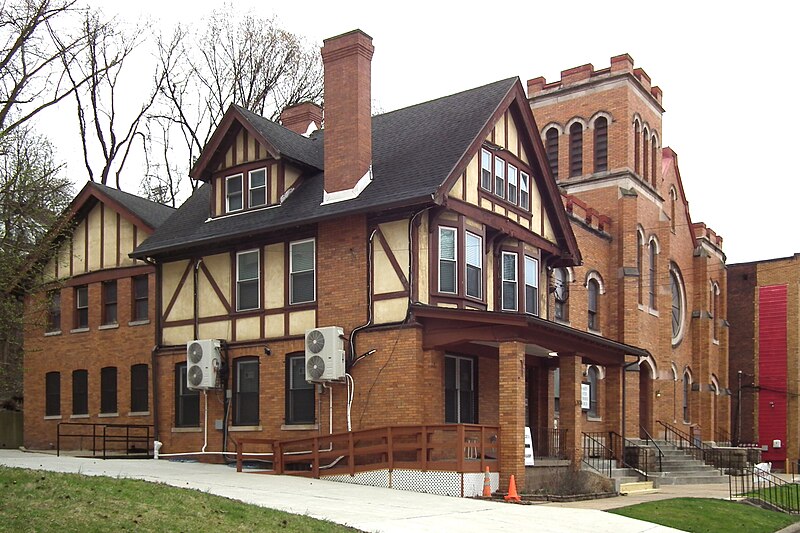

Addendum: The architects of the church, and probably the parsonage as well, were Milligan & Miller of Wilkinsburg; it was built in about 1908. Source: Ohio Architect and Builder, July, 1907. “PITTSBURG.—Architects Milligan & Miller, of Wilkinsburg, are drawing plans for a brick and stone church to be erected on Center avenue, for the Warren Methodist Episcopal congregation. Cost $3,000.” A zero has probably been left out of the cost; you could not get a brick and stone church for $3,000, but this could easily be a $30,000 church.

Update: The architect was Edward Weber, one of our most distinguished ecclesiastical architects. You might say he wrote the book on Catholic Church Buildings, and this one is illustrated in it. We keep the original article below, with its incorrect speculations, because Father Pitt likes to emphasize his own fallibility.
Old Pa Pitt does not definitely know who designed this old convent (now a “ministry center”), but he would not be at all surprised to learn that it was Aspinwall’s own resident big-time architect Frederick Sauer, who could have walked to this site from his house in five minutes, and who was a known lover of yellow brick like this.


